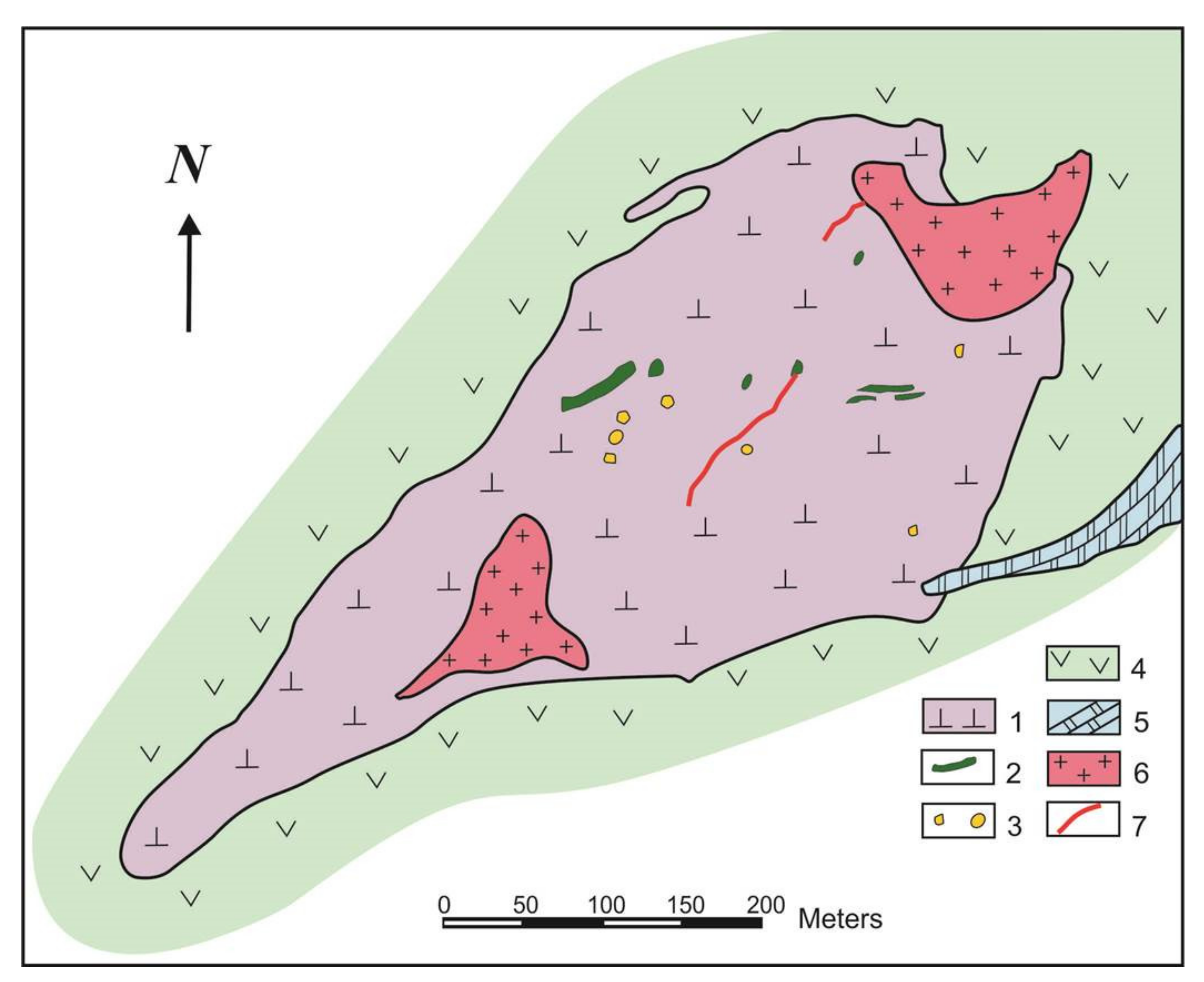
Breakage is common in oolites that collect on salt flats where halite precipitation has weakened the radial fabric. Facies 6 is a mixed carbonate/siliciclastic deposit and. Occasionally broken radial ooids may act as the nuclei for other ooids suggesting that the radial fabric is developed during deposition. Facies 5 comprises oolite grainstones and is attributed to high-energy platform-margin environments. Ooids with asymmetric coatings and superficial oolites form in quiet water. The content and texture of the bioclast component in any carbonate will vary noticeably as a function of both age (due to evolution) and depositional setting (. The size of ooids is controlled by rate of precipitation and abrasion. A similar fabric is common to most ancient ooids. However, some recent ooids from the Great Salt Lake of Utah and the Persian Gulf in the vicinity of Qatar have a radial fabric of needles. Most recent ooids from modern marine settings like the Bahama Banks exhibit concentric coatings that have an organized microstructure of tangentially arranged aragonite needles. Ooids most often form in shallow, wave-agitated marine water. An ooid is a small spherical grain that forms when a particle of sand or other nucleus is coated with concentric layers of calcite or other minerals. Qolite sands form important reservoirs, of which the Upper Jurassic Smackover formation of the U. Oolite is a type of sedimentary rock, usually limestone, made up of ooids cemented together. Eventually, these lenses were interpreted as a beach deposit although the mechanism for size-sorting and deposition in a manner that resulted in minimal. following depositional environments (Flugel, 1982). This study is an analysis of depositional and diagenetic environments of an Ottosee oolite. Keywords: secondary porosity estimation vug porosity limestone oolitic petrophysics Jurassic. Interparticle pores primarily occur in dolograinstone of high-energy shoal facies association, including sand-bearing dolarenite, dolarenite and oolitic. They generally form in agitated marine environments including tidal sand bars or tidal deltas between barrier islands. Abstract The Ordovician Ottosee Formation in eastern Tennessee is largely a siliciclastic mudstone and shale unit, but it also contains isolated lenses of oolitic limestone.
#OOLITE DEPOSITIONAL ENVIRONMENT SERIES#
oolites (figure below) are formed by a series of concentric layers surrounding a nucleus. Open the file with a text editor to make changes.Coated grains include oolites, pisolites, oncoids, and oncolites. The defaults file will be in your home folder (usually C:\Documents and Settings\your username) under the following path: See here for details on editting this file.Note that this is a 'dot file', so to see it in a directory listing you need to use 'ls -a', or if you're using GNOME or KDE, you need to set your file browser to display hidden files. The defaults file is in the following location in your home directory: The Lower, Middle and Upper divisions are separated by well-marked unconformities. Regionally, the upper Humboldt Oolite is characterized by pso1te with bfdseyes, fenestrae, evaporite cements, evaporite solution-collapse breccias and tepee structures, a recurrent facies association that has been documented m both ancient and modern arid, peritidal, carbonate depositional environments.

The limestones are predominantly oolitic and shell-fragmental, and contain relatively few, poorly preserved ammonites. depositional environments for oolitic shoals are typified by prograding shorelines. The depositional environment was dominantly one of very shallow-water, high-energy conditions. Navigate to this location with the Finder, and double click on the '' file, and then edit the setting that is causing you trouble. The depositional environment was interpreted by microfacies studies of the Jhurio, Patcham, and Jumara formations of the Kutch basin (Alberti et al., 2017 Khan et al., 2020). Genevieve Limestone, 4) analyze the depositional environment of the.
#OOLITE DEPOSITIONAL ENVIRONMENT MAC OS#
On Mac OS X, your defaults are saved in the following location in your home folder:


 0 kommentar(er)
0 kommentar(er)
